Bike Beyond Completes 4,000+ Mile Journey Across America with T1D
By Divya GopisettyJeemin Kwon
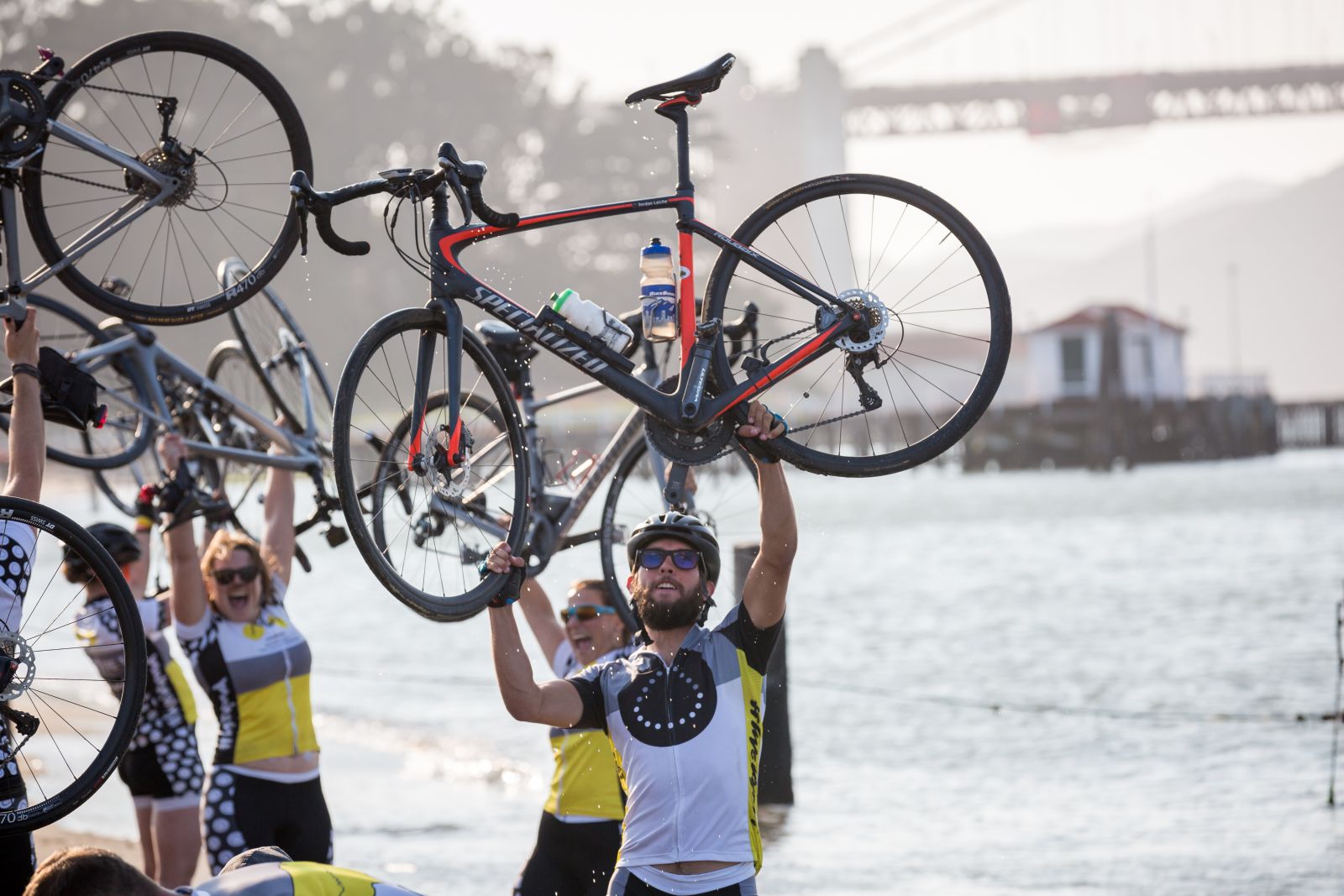
By Divya Gopisetty and Jeemin Kwon
Q&A with Bike Beyond riders on what got them through a 10-week cross country bike trip
On August 11, 2017, Team Bike Beyond dipped their bicycle tires into the Pacific Ocean and completed a 10-week, 4,296-mile journey across the United States. Many said the group of casual cyclists was naïve for attempting a trip that even more serious athletes would find formidable. Emotions ran high as the riders triumphantly rode across the finish line and into the arms of friends, family, and fans.
Of the 20 amateur cyclists who rode from New York to San Francisco, all of them are living with type 1 diabetes, minus one parent accompanying a minor – not the typical ratio for cross country bike teams. Boasting 263 collective years with type 1 diabetes, Bike Beyond not only supported each other on the ride, but also broke stereotypes about living with type 1 and spread awareness in communities across America.
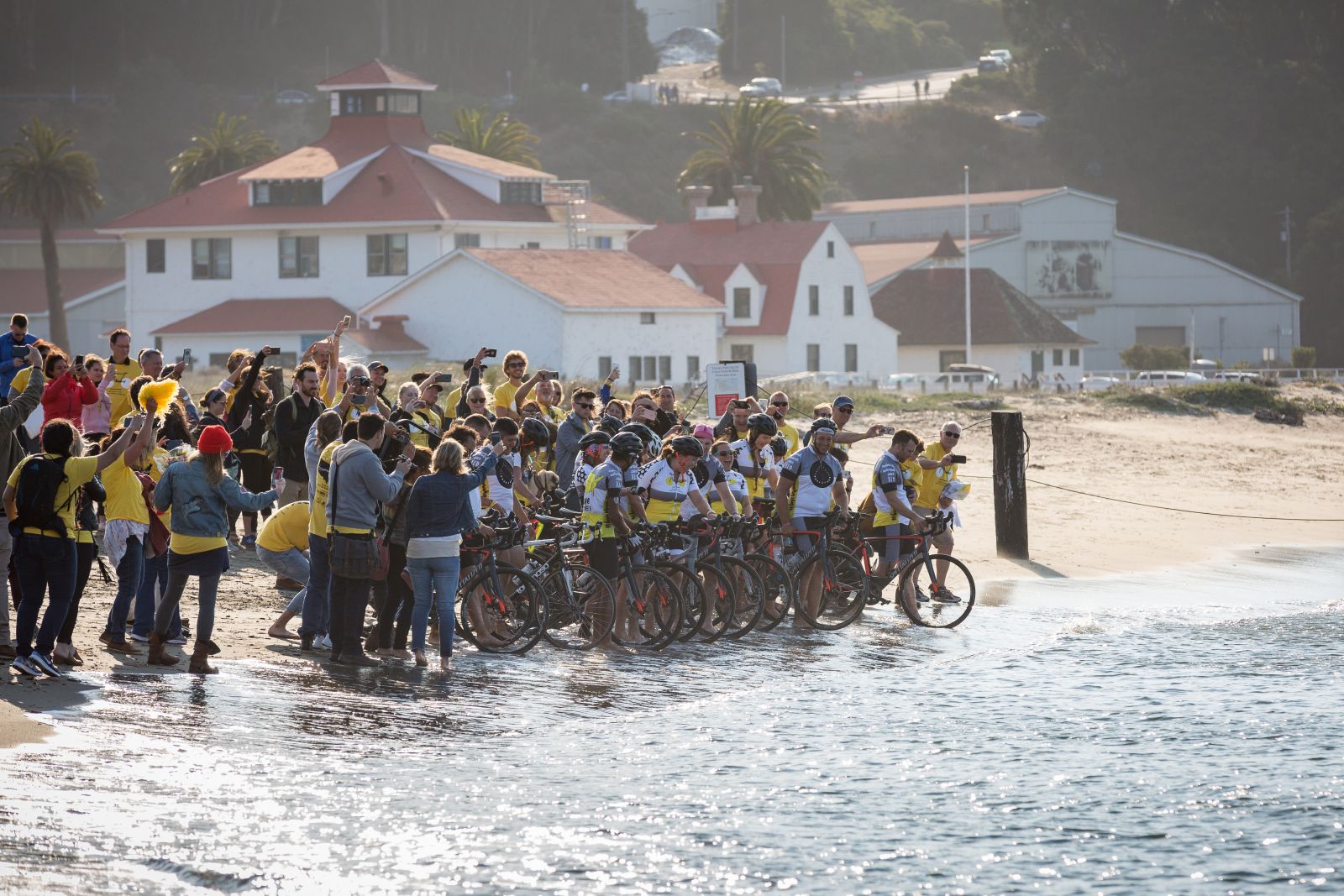
In a Q&A with Bike Beyond rider Walt Drennan (co-coordinator and co-manager) and Sid Sharma (co-team leader), we learned this summer was the easiest time they’ve had managing their diabetes thanks to the supportive community on the trip and the resources provided by the nonprofit Beyond Type 1.
diaTribe: What was the community of bikers like?
Walt: I’ve had diabetes for 17 years now. Before the bike ride, I had never met any other type 1's. But being surrounded by 19 other type 1's for 70 days straight – it helped lift a weight off my shoulders I never realized I had. I was dealing with type 1 alone for so long… during the ride, type 1 was easier. I never had to worry about having insulin. I never had to explain myself every time I was high or low. It took away a lot of the stress I faced on other rides.
diaTribe: What was the hardest day like?
Walt: It was a standard 60-mile day, wasn’t too hilly or too windy. In fact, it was really, really hot. We were going through Hotchkiss, Colorado, and I was physically drained. I was trying a little too hard to finish the day; I put myself through a lot more than I needed to. It reminded me of what I was going through before I dealt with my type 1 diabetes – suffering in silence as opposed to admitting that I needed a break. A lot of people do this in type 1 diabetes; it’s a 24/7 job. People put a lot of pressure to act normal.
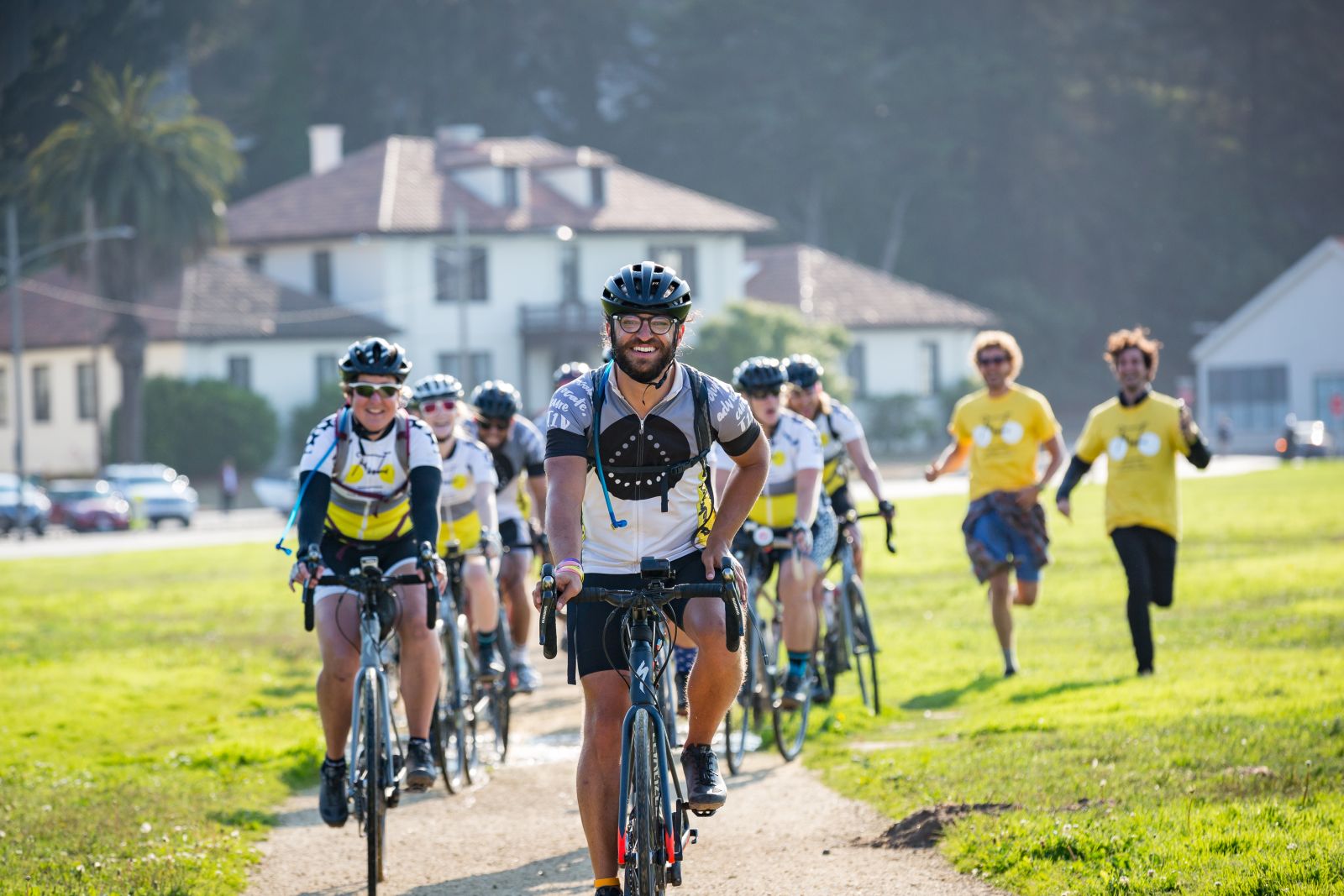 diaTribe: What helped you get through that day and days like it?
diaTribe: What helped you get through that day and days like it?
Walt: Easily, my teammates. My teammates were very open about diabetes. Seeing people acknowledge that type 1 could sometimes get in the way was admirable – they taught me that if you deal with it in a smart way and take care of yourself, you can end up having a way better time in the long run. A huge life lesson for me was to give yourself those breaks and listen to your body.
diaTribe: Why did people say you couldn’t cycle with type 1 diabetes?
Sid: People advise against playing sports maybe because they think type 1 is exceptionally hard to manage and with sports; the risk of severe hypoglycemia is very high if one does not know what they are doing with insulin dosing.
diaTribe: What was the hardest part about managing diabetes during the ride?
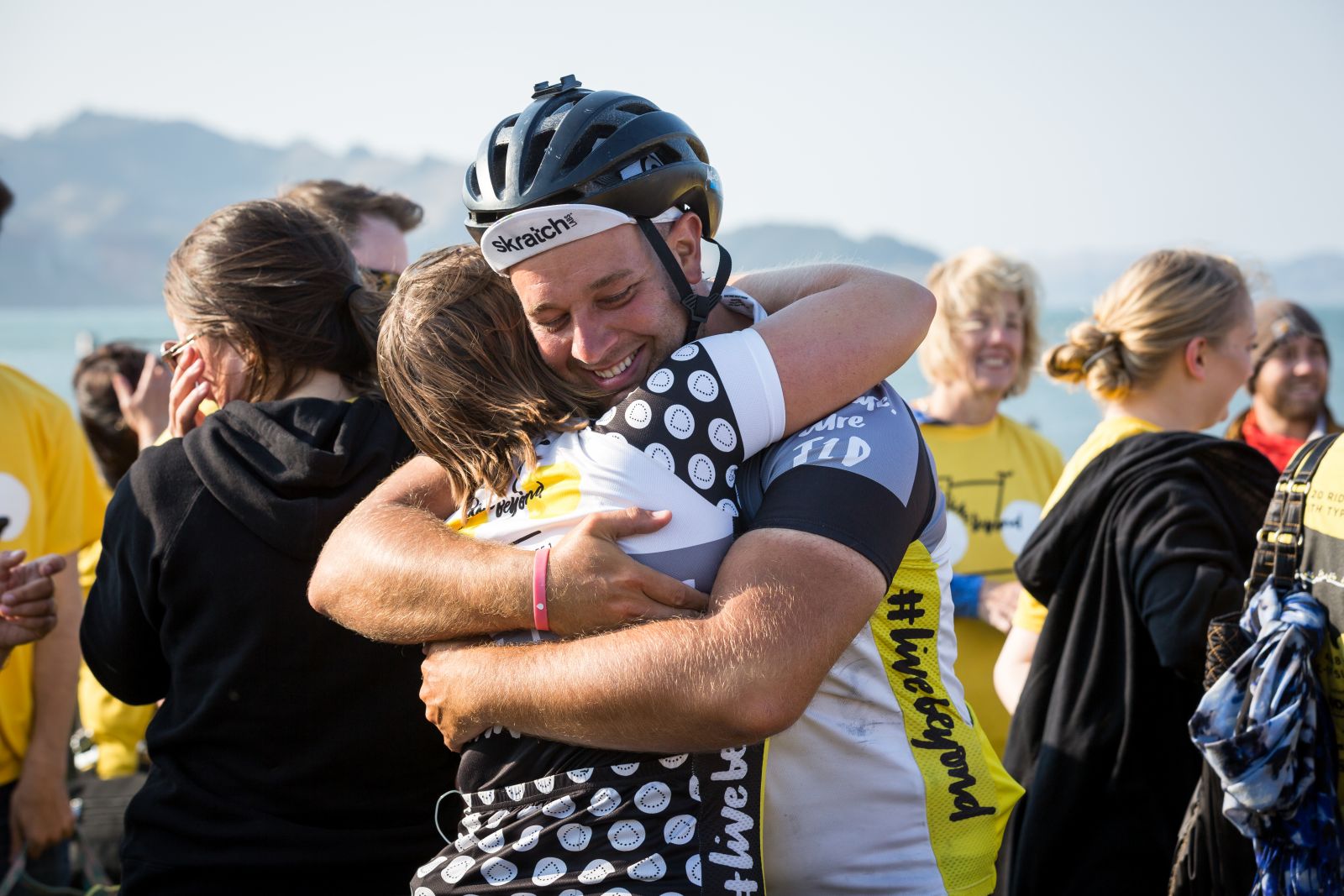
Walt: Actually, this summer was the easiest time I’ve had with type 1 diabetes in the 17 years I’ve had it. That has a lot to do with the community we created within the team – it made it a lot easier emotionally, physically, and with everyday life in general.
Sid: For me, lunch breaks and rest days were hard because lunch breaks had no consistency and on rest days, setting a basal rate was difficult. Burning around 10,000 calories a day and then eating to keep the glycogen stores up while managing blood sugars is hard work.
diaTribe: What insulin dosing and food strategies worked for you?
Sid: Being an engineer who loves numbers, I had done some endurance tests before I started the trip to set my basal insulin. My strategy was to take minimal insulin (2 units slow acting on ride days split over 2 injections) and any correction of fast-acting insulin if and when needed. I ate carbs on the bike to keep glycogen stores up and ate low-carb off it. It seemed to work since I didn’t have an instance of hypoglycemia riding over 4,000+ miles.
Walt: For insulin, it was pretty much what I was doing in everyday life, but slightly more because of how much I was eating. For food, KNOW Better Foods has bread products with low glycemic indexes, and the sports endurance drink provided by Ucan helped keep my blood sugars stable.
diaTribe: What was the most inspiring or surprising part about the trip?
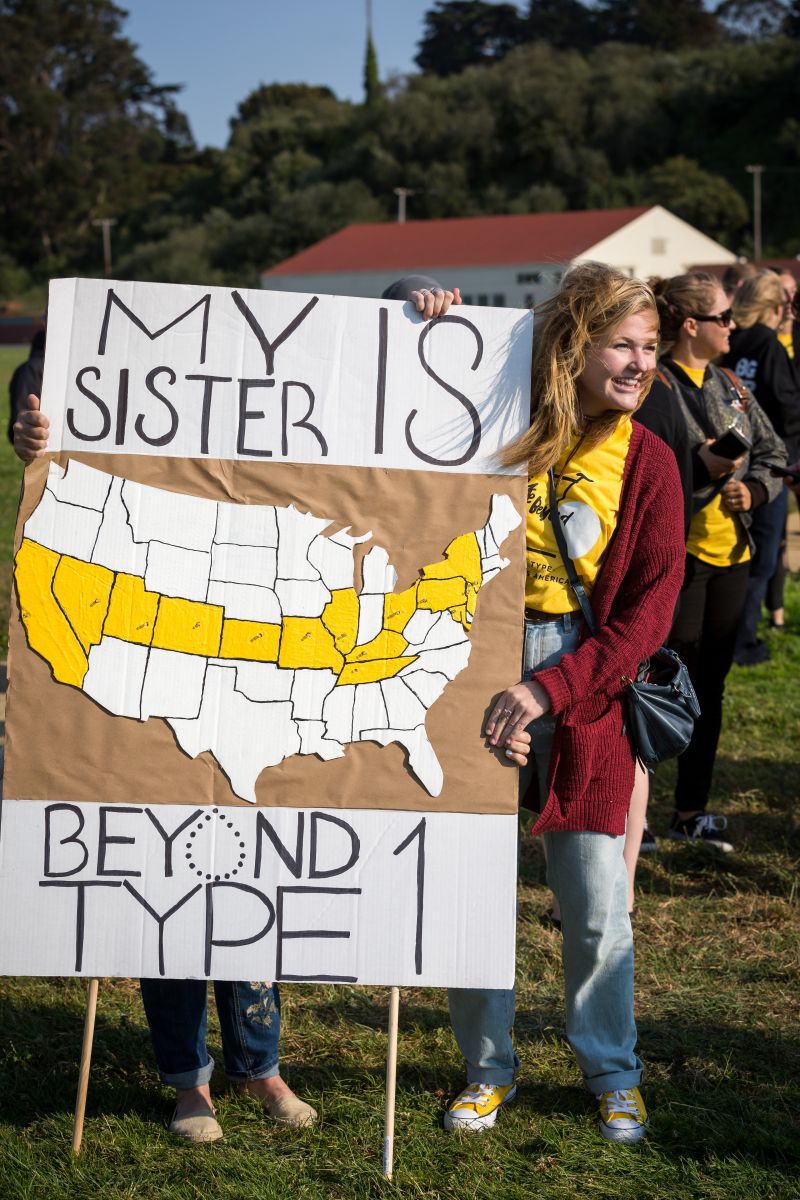
Walt: For me, it was being able to see a diabetes community flourish across the nation. We went through a lot of small towns, and the type 1s tend to be far and few between. Some people drove hours to come out and see us. They got to see what we were still doing despite type 1. Living in towns where conferences and meet-ups don’t really happen…this was really special.
Sid: I was so inspired by the generosity of our hosts, the strength of my teammates and the type 1 community, and surprised by how little sunscreen actually works.
diaTribe: Thank you so much again for this interview! In closing, an important question on which we’d love your insight - what would you tell someone who is new to exercise?
Sid: Educate yourself about the science around type 1, log everything you do, and don’t be afraid to fail and learn from it. If in doubt, ask because the diabetes community will always offer help.
About Beyond Type 1 and Bike Beyond
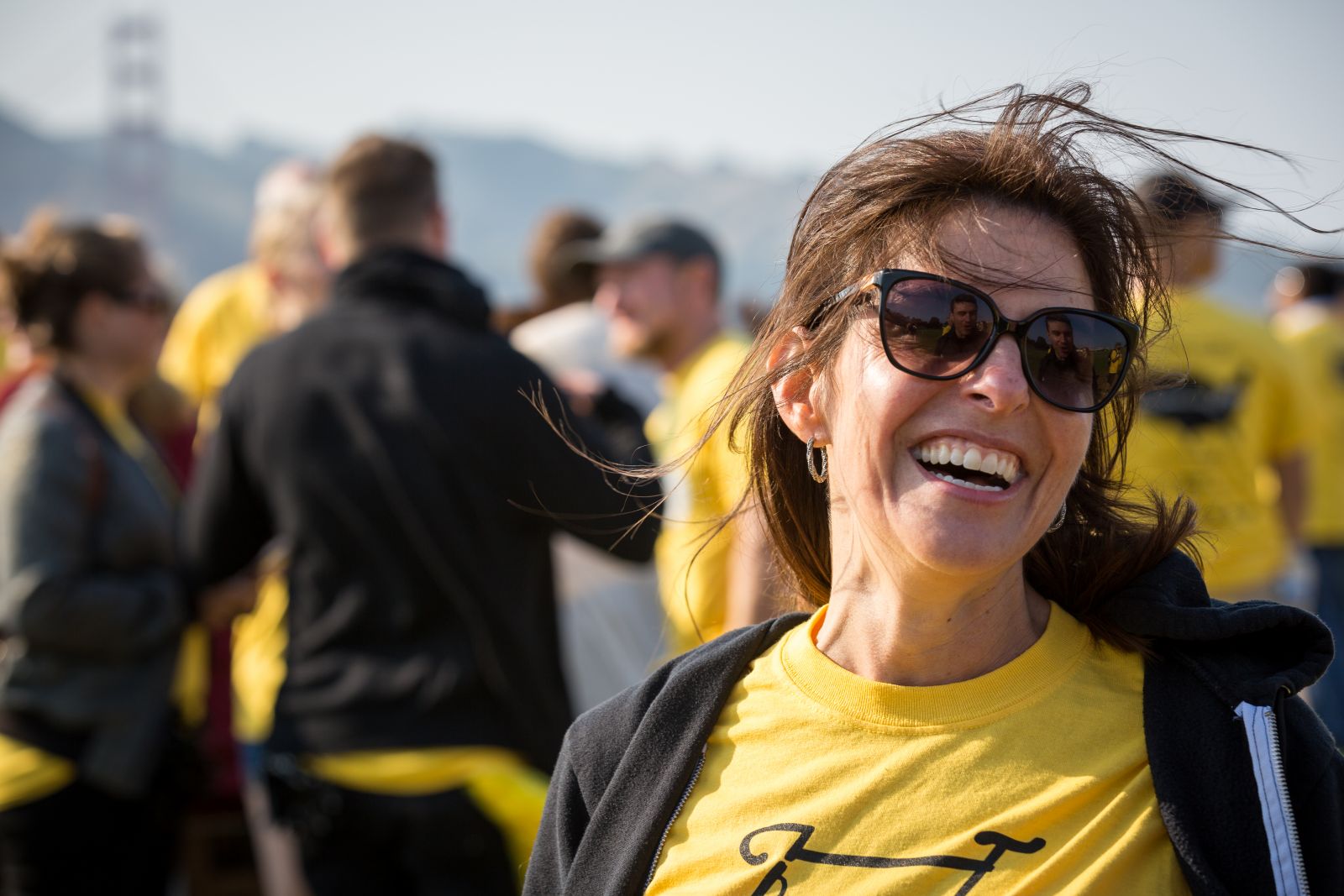 Beyond Type 1 was founded by Juliet de Baubigny, Nick Jonas, Sarah Lucas and Sam Talbot in February 2015. By educating the global community about this chronic, autoimmune disease, as well as providing resources and support for those living with Type 1, Beyond Type 1 bridges the gap from diagnosis to cure, empowering people to both live well today and to fund a better tomorrow.
Beyond Type 1 was founded by Juliet de Baubigny, Nick Jonas, Sarah Lucas and Sam Talbot in February 2015. By educating the global community about this chronic, autoimmune disease, as well as providing resources and support for those living with Type 1, Beyond Type 1 bridges the gap from diagnosis to cure, empowering people to both live well today and to fund a better tomorrow.
In 2016, Walt approached Beyond Type 1 with an idea to create what became Bike Beyond. Seeing the ride as an ideal an opportunity to incorporate all aspects of their mission, Beyond Type 1 built the program from the ground up with help from members of the team, experts in the fields of nutrition, cycling, and diabetes management, and 18 national sponsors, including lead sponsors Dexcom, KNOW Foods, Omnipod (Insulet), and Specialized. Lodging, food and other support were crowdsourced from community members in the 70 towns the team visited across the country. To date, Beyond Type 1 has raised over $750,000 to support type 1 diabetes from the Bike Beyond ride alone. To further increase the impact of this journey, a film documenting the journey, directed by Neil Greathouse and narrated by Victor Garber, will be released this fall. {
[Photo credit: Joseph Fanvu]







